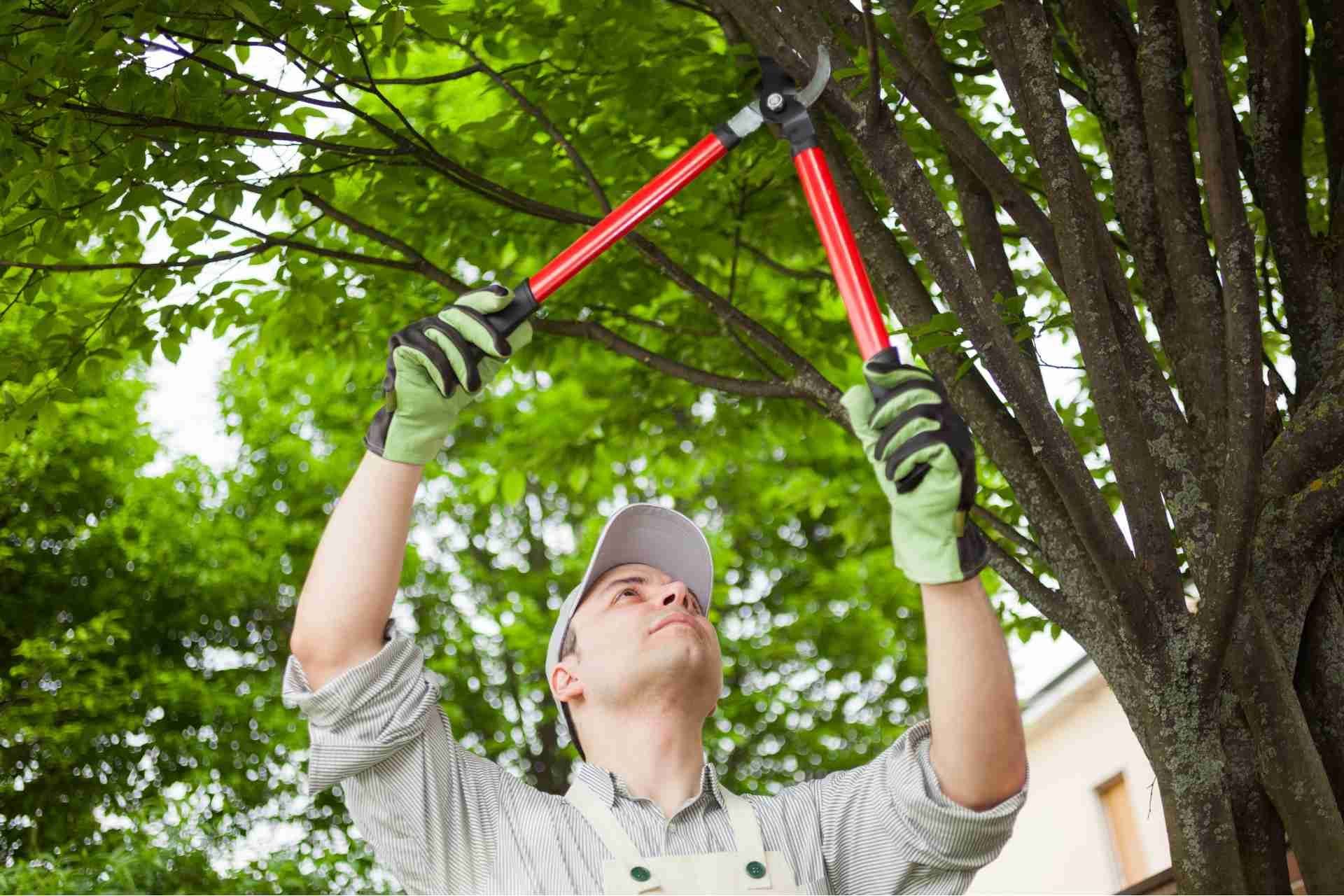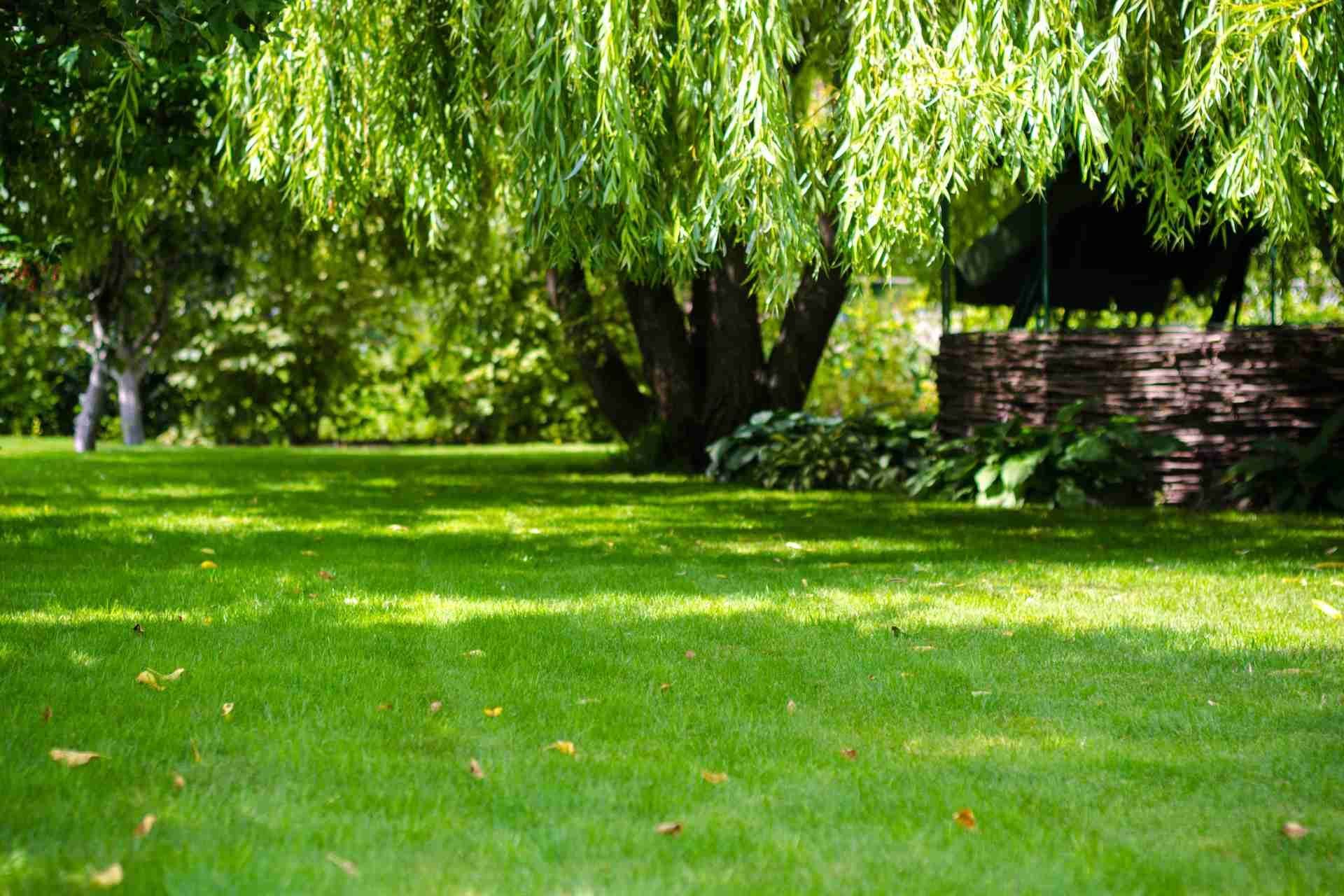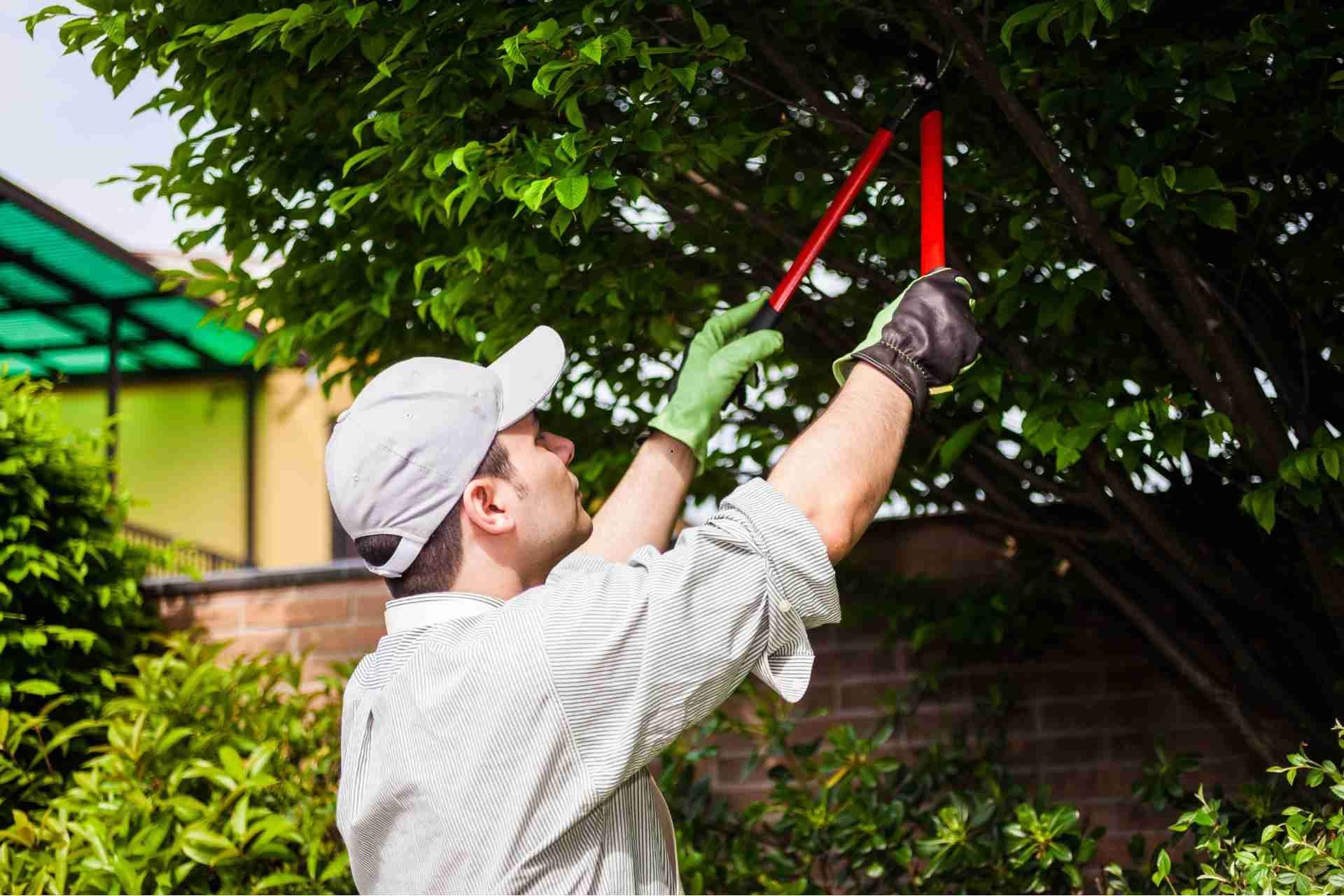When To Aerate A Lawn
When it comes to aerating your lawn, timing is crucial. You need to consider the
type of grass you have, as it directly influences the best periods for aeration. For instance, cool-season grasses thrive with aeration in early spring and fall, while warm-season varieties prefer late spring. But there's more to it than just timing. Understanding the signs your lawn needs aeration can make a significant difference in its health.
Understanding Lawn Aeration
Lawn aeration is the process of perforating the soil with holes to allow air, water, and nutrients to reach the grassroots more effectively. This procedure helps alleviate soil compaction, which can hinder root growth and overall lawn health.
When you aerate, you’re creating pathways for essential elements to penetrate the soil, promoting a robust and lush lawn.
You can use a core aerator to remove small plugs of soil, which you should leave on the surface. Over time, these plugs will break down, enriching the soil.
Aerating is especially beneficial for lawns with heavy foot traffic or clay soils, as it enhances drainage. By understanding the importance of aeration, you’ll set the stage for a thriving, healthy lawn.
Signs Your Lawn Needs Aeration
Recognizing the signs that your lawn needs aeration is crucial for maintaining its health. If your grass feels spongy when walked on, it’s a clear indicator of soil compaction. Additionally, if you notice pooling water after rain, your lawn may struggle to absorb moisture due to dense soil. Yellowing patches or slower growth could also signal that your lawn's roots aren't getting enough air and nutrients.
Sign of Aeration Need Description Action Needed
|---------------------------|----------------------------------------------------|-----------------------|
Spongy Grass Feels soft underfoot, indicating compaction Aerate soil
Pooling Water Water sits on the surface instead of soaking in Improve drainage
Yellowing Patches Grass isn’t thriving or grows unevenly Aerate and fertilize
Best Times to Aerate Your Lawn
If you’ve noticed signs that your lawn needs aeration, timing is everything for achieving the best results.
The ideal times to aerate your lawn depend on your grass type and local climate. Generally, aim for the following:
- Spring: When cool-season grasses start to grow, usually between March and May.
- Fall: The best time for cool-season grasses; aerate in September or October.
- Late Spring: For warm-season grasses, typically around May or June.
- After Heavy Rain: Ensure the soil is moist but not soggy for effective aeration.
- Before Fertilization: Aerate a couple of weeks before applying fertilizer to maximize nutrient absorption.
Benefits of Lawn Aeration
While many homeowners overlook aeration, it offers significant benefits that can transform your lawn into a lush, green oasis.
Aerating your lawn helps improve air circulation, allowing roots to breathe and absorb essential nutrients. This process breaks up compacted soil, promoting deeper root growth and enhancing your lawn's resilience.
You'll notice better water absorption, reducing runoff and ensuring your grass gets the moisture it needs.
Aeration also encourages the development of beneficial microorganisms that contribute to a healthier soil ecosystem.
Plus, it helps relieve thatch buildup, preventing diseases and fostering a vibrant lawn.
Aeration Techniques and Tips
To achieve the best results from lawn aeration, you should choose the right technique that suits your lawn’s specific needs.
Here are some effective aeration methods you can consider:
- Core Aeration: This involves removing small soil plugs to improve air and nutrient flow.
- Spike Aeration: Use a spiked tool to poke holes in the soil, though it’s less effective than core aeration.
- Liquid Aeration: Apply a liquid solution to break down compacted soil and improve absorption.
- Manual Aeration: For small areas, use a handheld aerator to target compact spots.
- Machine Aeration: Rent or hire a machine for larger lawns to cover more ground efficiently.
Conclusion
In conclusion, knowing when to aerate your lawn is key to its health and vitality. Whether you've got cool-season or warm-season grass, timing your aeration can make all the difference. Look for signs that your lawn needs aeration, and remember to choose optimal periods for the best results. By following the right techniques and maintaining a regular aeration schedule, you’ll promote a lush, green lawn that thrives throughout the seasons. Happy gardening!



